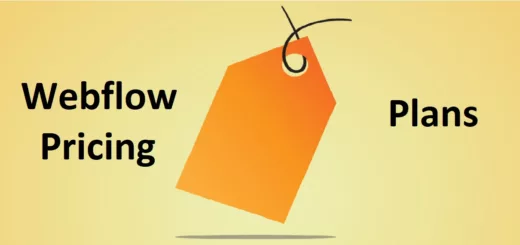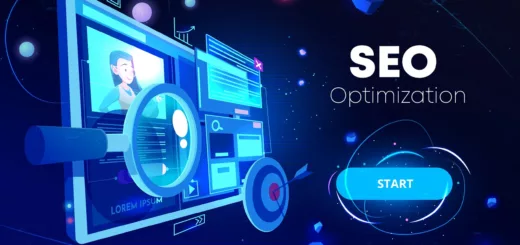Best on-page SEO Tools: Best Guide to Optimizing Your Website
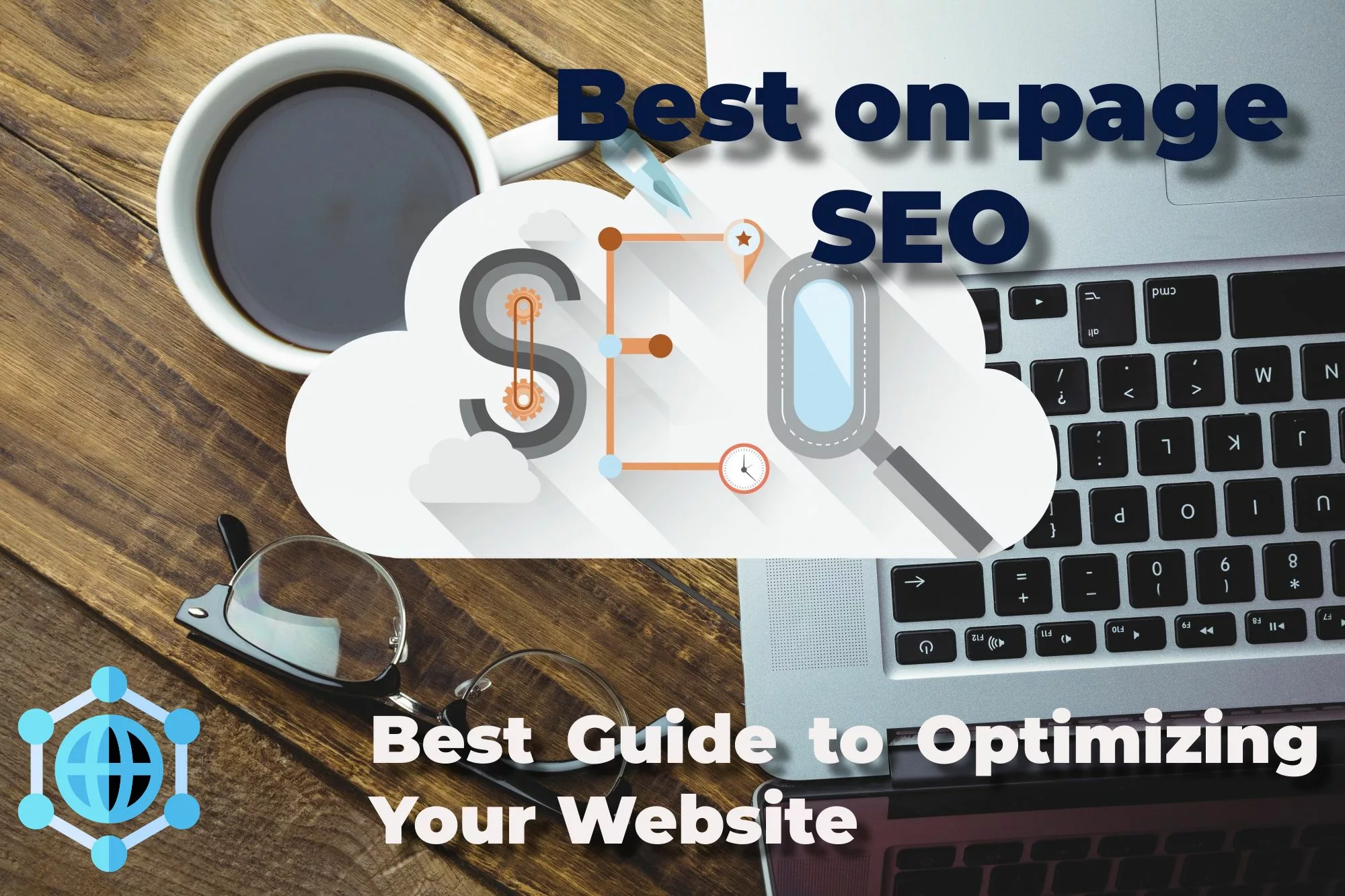
In the world of Search Engine Optimization (SEO), on-page factors play a crucial role in improving your website’s search rankings. The best on-page SEO tools involve optimizing various elements of your website to make it more search engine-friendly, user-friendly, and relevant to your target audience. In this comprehensive guide, we will explore the key aspects of on-page SEO tools and provide you with actionable tips to enhance your website’s visibility and ranking on search engine results pages (SERPs).

1. Understanding On-Page SEO
Firstly, on-page SEO tools refers to the practice of optimizing various elements within your website to improve its visibility and ranking on search engine results pages (SERPs). It involves optimizing factors that are directly under your control, such as website content, structure, speed, and user experience. By implementing on-page SEO best practices, you can enhance your chances of ranking higher in search engine results and driving organic traffic to your website.
2. Main Differences in On-Page & Off-Page SEO
Secondly, to fully grasp the concept of on-page SEO, it is essential to understand the difference between on-page and off-page SEO. While on-page SEO focuses on optimizing factors within your website, off-page SEO deals with external factors that impact your website’s visibility and authority.
On-page SEO tools include elements such as website content, meta tags, header tags, internal linking, site structure, and user experience. These factors are directly under your control and can be optimized to improve your website’s search rankings.
On the other hand, off-page SEO tools involve external signals such as backlinks, social media shares, and online mentions that indicate the authority and relevance of your website. Off-page SEO is essential for building the authority and credibility of your website in the eyes of search engines.
3. Importance of On-Page SEO
On-page SEO tools are essential for several reasons. Firstly, by optimizing your website’s on-page elements, you can provide search engines with clear signals about the relevance and value of your content. This raises the likelihood that your website will appear higher in search engine results.
Secondly, an on-page SEO tools helps enhance the user experience on your website. By optimizing factors such as site speed, navigation, and content structure, you can create a user-friendly website that engages visitors and encourages them to stay longer.
Lastly, on-page SEO tools set the foundation for your off-page SEO efforts. When you have a well-optimized website with high-quality content, it becomes easier to attract backlinks and social media shares, which are crucial for off-page SEO success.
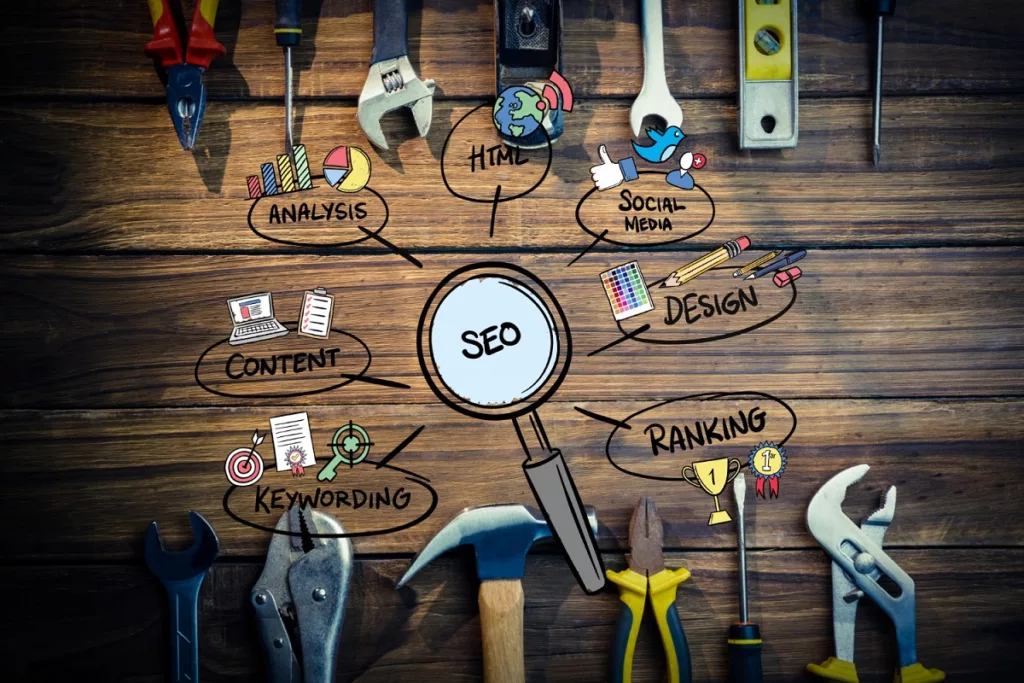
4. Optimizing Your Website for Search Engines
To optimize your website for search engines, there are several key areas you need to focus on. Following are details of each separately:
4.1 Crawlability and Indexing
One of the first steps in on-page SEO tools is to ensure that search engines can crawl and index your website effectively. Crawlability refers to the ability of search engine bots to navigate and access the content on your website. Indexing, on the other hand, is the process of adding your web pages to search engine databases.
To ensure proper crawlability and indexing, you should follow:
- Make sure your website is not blocking search engine bots from accessing its content.
- Submit a sitemap for indexing your web pages to search engines.
- Use robots.txt files to instruct search engine bots on which pages to crawl and which to ignore.
- Optimize your website’s load speed to ensure faster crawling and indexing.
4.2 Keyword Research and Content Optimization
Keyword research is a crucial aspect of on-page SEO tools. It entails figuring out the terms and phrases that members of your target market use to look up information on the material on your website. By incorporating these keywords strategically into your content, you can improve your website’s relevance and visibility in search results.
Moreover, to optimize your website’s content, follow these best practices:
- Use resources like Google Keyword Planner and SEMrush to do in-depth keyword research.
- Choose long-tail keywords and naturally weave them into your article.
- Use relevant keywords in your header tags, meta descriptions, and page titles.
- Produce top-notch, educational, and interesting material that meets user needs.
- Use keyword-rich URLs that accurately describe the content of your web pages.
- Optimize your images by adding descriptive alt text and compressing file sizes.
4.3 Site Speed and Performance
Site speed is a crucial ranking factor in an on-page SEO tools. Users expect fast-loading websites, and search engines prioritize delivering the best user experience. Therefore, optimizing your website for speed and performance is essential.
In addition to improve your website’s speed and performance:
- Compress all the images to reduce file sizes.
- Minify CSS and JavaScript files to reduce page load times.
- Enable browser caching to store static resources and reduce server requests.
- Use a content delivery network (CDN) to deliver your website’s content from servers closer to your users.
- Try to monitor your website regularly. Also monitor the performance using different tools like Google PageSpeed Insights etc.
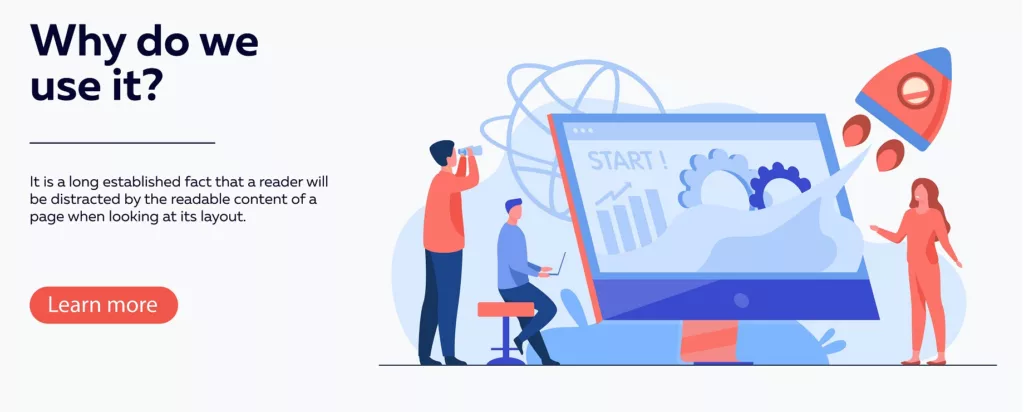
4.4 Site Structure and Internal Linking
A well-organized site structure and effective internal linking are crucial for on-page SEO tools. A clear site structure helps search engines understand the hierarchy and organization of your website’s content, making it easier for them to crawl and index your pages.
- Use a logical and intuitive navigation menu that allows users to easily navigate your website.
- Create a hierarchical structure with categories, subcategories, and pages.
- Implement breadcrumbs to help users and search engines understand the parent-child relationship of your web pages.
- Use internal links to connect related content within your website, enhancing user engagement and improving crawlability.
4.5 Re-sizing of Images and Videos
Images and videos are essential for enhancing the user experience on your website. However, this will affect your website’s performance if not optimized properly. By optimizing images and videos, you can improve your website’s load speed and enhance its overall SEO. An online editing tool for image editing is Bunnypic which is best for optimizing the images.
Following are some tips to reduce the size of images and videos on your website:
- Resize images to reduce their file sizes, but quality may not be reduced.
- Use proper and relevant file names and alt text for search engines.
- Implement lazy loading to ensure that images and videos are loaded only when needed.
- Host videos on platforms like YouTube or Vimeo and embed them on your website to reduce page load times.

4.6 Improving User Experience
User experience (UX) is a critical aspect of on-page SEO tools. Search engines prioritize delivering the best possible user experience, and websites that provide a seamless and engaging experience are more likely to rank higher in search results.
- Optimize your website’s design for easy navigation and intuitive user interfaces.
- You must ensure a mobile-friendly and responsive website for all devices.
- Improve readability by using clear and concise headings, paragraphs, and bullet points.
- Reduce the number of intrusive ads and pop-ups that can hinder the user experience.
- Make sure that your website loads quickly and is accessible to users with disabilities.
4.7 Creating a Persuasive Search Appearance
The way your website appears in search engine results can significantly impact its click-through rates. By optimizing your search appearance, you can entice users to click on your website and improve its organic traffic.
To create a persuasive search appearance:
- Optimize your page titles and meta descriptions with relevant keywords and compelling copy.
- By providing structured data markup to search engines with more information about your website content.
- Implement rich snippets to enhance your search appearance with review ratings, images, and other elements.
- Use compelling headlines and descriptions that stand out from the competition and entice users to click.
4.8 SEO-Friendly URLs
URLs play a crucial role in on-page SEO tools, so try to use SEO-friendly URLs that contain relevant and optimized keywords only. They help search engines understand the content of your web pages and improve your website’s overall visibility in search results.
To create SEO-friendly URLs, follow the steps below:
- Use descriptive words that accurately describe the content of your web pages.
- Add specific keywords in your URLs.
- Remove unnecessary characters, numbers, and special characters from your URLs.
- To improve the readability, try to use hyphens for separating words in URLs.
4.9 Structured Data and Schema Markup
Structured data and schema markup provide search engines with additional information about your website’s content. By implementing structured data, you can enhance your search appearance and improve your website’s visibility in search results.
To optimize structured data and schema markup:
- Use schema markup for different content types, such as articles, events, products, and reviews.
- Provide detailed and accurate information, including ratings, prices, dates, and addresses.
- You should also test structured data using free tools like Google’s Structured Data Testing.
4.10 Mobile Optimization
For on-page SEO tools in today’s mobile-first era, mobile optimization is essential. Search engines give mobile-friendly websites higher results as more people access the internet on mobile devices.
To optimize your website for mobile:
- Make sure that your website easily fits in different screen sizes for different devices.
- To speed up loading times for mobile devices, optimize photos and videos.
- Use menus and buttons for navigation that are user-friendly on mobile devices.
- Use tools like Google’s Mobile-Friendly Test to test how well your website performs on mobile devices.

More with Best on-Page SEO Tools
The above-mentioned tips and guide regarding the best on-page SEO tools will help your website rank in search engines. Moreover, for some advanced on-page SEO tools and guides you can read the next article on the same on nastech24. Hopefully, with these useful guides, your website will rank. If not try to recheck the setting and also the plagiarism of your content which is very important to rank especially on Google. You may also read the article “Digital Marketing and Best Tools“. Moreover, if you want to migrate your website to wordpress then my article on the topic will help you completely and you will find much more on nastech24.


